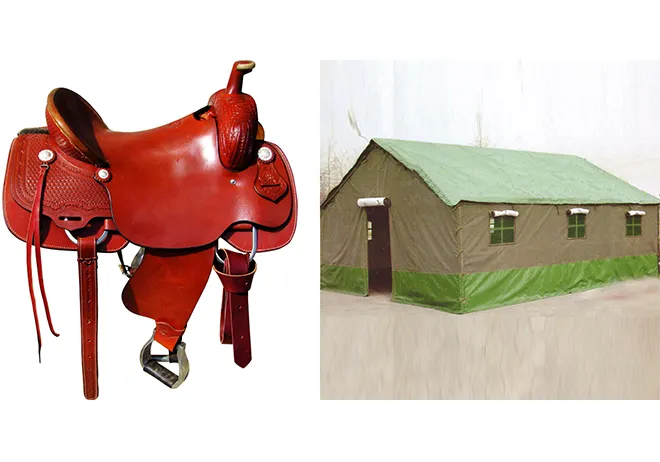sewing thick canvas
Sewing Thick Canvas Tips for Success
Sewing thick canvas can seem daunting, especially for beginners. However, with the right techniques, tools, and a little practice, anyone can create beautiful and durable items from this robust fabric. Thick canvas is often used in products like bags, tents, awnings, and outdoor gear due to its strength and durability. This article will guide you through the essential tips and techniques for successfully sewing thick canvas.
Choosing the Right Tools
The first step in sewing thick canvas is to ensure you have the right tools. Regular sewing machines may struggle with heavy fabrics, so investing in a heavy-duty sewing machine is crucial. Look for machines that come with a strong motor, a walking foot, and a needle that can handle thicker threads and fabrics. A walking foot helps feed the canvas evenly through the machine, reducing the chances of puckering.
Additionally, uses of the right thread are equally important. Polyester or outdoor threads are ideal choices because they are strong, resistant to wear, and don’t break easily. Always use heavier threads designed for upholstery or outdoor applications. For needles, a size 16 or 18 needle is recommended as they can better penetrate thick layers of canvas without breaking.
Preparing the Canvas
Before starting your project, prepare the canvas properly. Pre-washing canvas is not always necessary, but if your final product will be exposed to water or stains, consider washing and drying it to eliminate any potential shrinkage. Iron the canvas if needed, ensuring that it's smooth and free of creases. When cutting your fabric, use a rotary cutter or sharp scissors instead of regular fabric scissors, as they can handle the thickness better.
When marking your fabric for cutting or sewing, avoid using regular fabric markers, which might not show well on thick canvas. Instead, try tailor’s chalk or a fabric pen that will wash away easily. Make precise cuts, as inaccuracies can make sewing more difficult later on.
Sewing Techniques
sewing thick canvas

Once you're ready to begin sewing, use a longer stitch length—around 3.5 to 4 mm—to help prevent the canvas from puckering. This is especially important when sewing multiple layers. If you are sewing seams, consider reinforcing them with a zigzag stitch or double-stitching for additional strength.
When sewing curves or corners, go slowly and use a few backstitches to secure your seams. For areas that require more precision, an even-feed walking foot can be beneficial, ensuring that all layers are fed evenly through the machine.
If you encounter thick seams where multiple layers come together, use a hump jumper or a similar tool to help the presser foot navigate over lumps. This can help maintain even stitching and avoid skipped stitches or broken needles.
Finishing Touches
After sewing your project, take a moment to finish the edges. While canvas doesn’t fray as easily as other fabrics, it’s still a good practice to serge or zigzag stitch your raw edges to prevent any future unraveling or to enhance the durability of your item.
Lastly, consider adding hardware if your project allows it. Reinforced grommets, snaps, or buckles can add functionality as well as style to your canvas creation.
Conclusion
In conclusion, sewing thick canvas is an enjoyable and rewarding endeavor. With the right tools, careful preparation, effective sewing techniques, and proper finishing touches, you can create strong, durable items that withstand the test of time. Embrace the challenge, and remember that practice makes perfect. Soon enough, you will feel confident tackling even the thickest canvas projects, creating items that are not only functional but also reflect your unique style. Happy sewing!
-
Industrial Cylinder Arm Sewing Machine: Revolutionizing Heavy-Duty SewingNewsJul.28,2025
-
Cylinder Arm Sewing Machine: Perfect for Special Sewing ApplicationsNewsJul.28,2025
-
Cylinder Bed Sewing Machine: Essential for Sewing Complex MaterialsNewsJul.28,2025
-
Heavy Duty Sewing Machine: The Essential Tool for Industrial ApplicationsNewsJul.28,2025
-
Computerized Pattern Sewing Machine: Revolutionizing Precision StitchingNewsJul.28,2025
-
Heavy Duty Industrial Sewing Machine: Power Meets PrecisionNewsJul.28,2025
-
Leather Sewing Machine: The Industrial Standard for Tough MaterialsNewsJul.18,2025





























